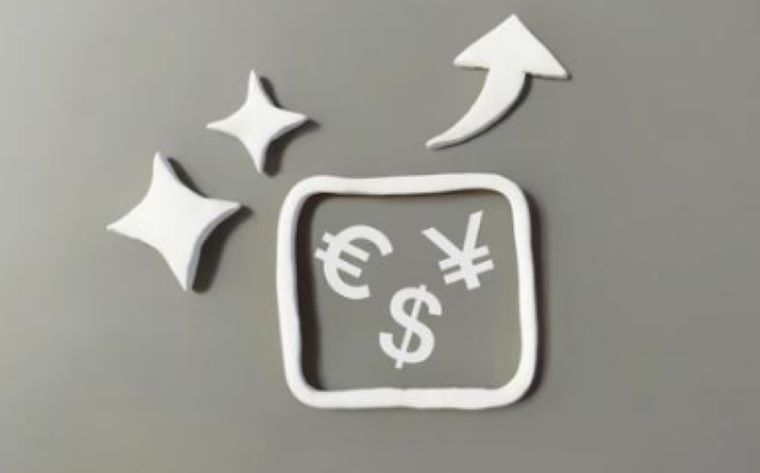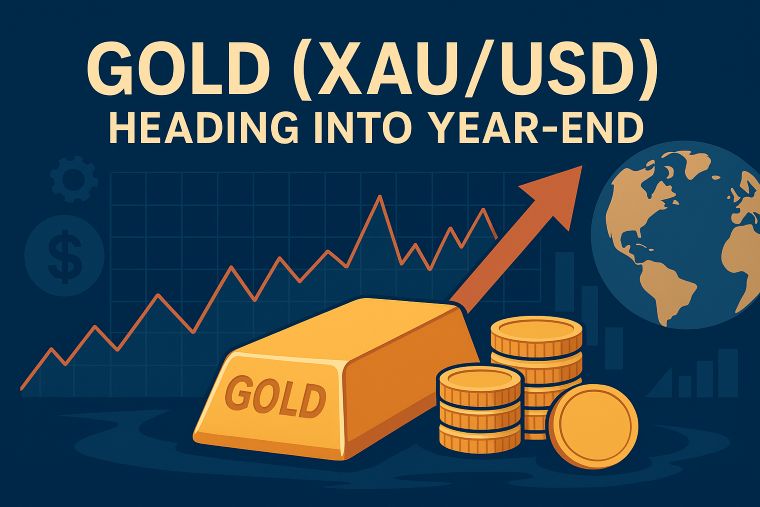3 min to read
The dollar has gained strength in anticipation
pushing the USDJPY exchange rate into the mid-145 yen range.

“The dollar has gained strength in anticipation, pushing the USDJPY exchange rate into the mid-145 yen range”
As we approach Jerome Powell’s address at the Jackson Hole Symposium scheduled for tomorrow, the anticipation surrounding this event has bolstered the US dollar, propelling the USD/JPY exchange rate into the mid-145 yen range. This upward movement follows a recent period during which the exchange rate made repeated attempts to breach the 146 yen threshold, only to be met with consistent resistance.
This recurrent pattern underscores a noticeable shift in market sentiment, primarily attributed to concerns regarding the economic landscape. These concerns have arisen in the wake of lackluster Purchasing Managers’ Index (PMI) reports from both Europe and the United States. These reports unveiled discouraging data, resulting in a substantial drop in U.S.
Treasury yields and exerting downward pressure on the USD/JPY exchange rate. PMI figures are crucial indicators of the business outlook. It’s noteworthy that while the manufacturing sector has continued to display weakness, the services sector, once resilient, is now exhibiting vulnerability, marking an unexpected and adverse development.
Both sides of the Atlantic have seen central banks paying particular attention to the strength of the services sector. Consequently, the PMI data released today has somewhat moderated the market’s previously bullish expectations.
The EUR/USD exchange rate has mirrored these fluctuations, following a clear downward trajectory. During London trading hours, the release of preliminary August PMI statistics for the Eurozone triggered a surge in selling pressure, causing the rate to dip to approximately 1.08 USD. However, during the New York trading session, a temporary rebound brought the rate back to around 1.0870 USD. The weakening of the USD can be attributed to disappointing U.S. PMI figures and the subsequent expansion of the decline in U.S. Treasury yields.
Nevertheless, the prospects of an additional interest rate hike by the European Central Bank (ECB) at their September meeting have somewhat receded following today’s Eurozone PMI data release. Presently, short-term financial markets have assigned a probability of approximately 34% to a September rate hike, marking a noticeable decline from the nearly 55% probability observed the day before. It’s important to highlight that this Friday will feature addresses from not only Jerome Powell, Chairman of the Federal Reserve, but also Christine Lagarde, President of the European Central Bank, at the Jackson Hole Symposium. Market participants eagerly await their statements with great anticipation.
The GBP/USD exchange rate has experienced similar fluctuations. During London trading hours, the release of underwhelming PMI data for the UK intensified selling pressure, briefly pushing the rate into the upper 1.25 USD range. However, during the New York trading session, a significant portion of the losses incurred in London was recovered.
The preliminary August PMI figures for the UK have signaled a contraction in business activity, with even the previously robust services sector falling below the critical 50-point threshold. While these findings indicate uncertainty regarding the future trajectory of the UK economy, they may provide some reassurance to the Bank of England, which has been resolutely focused on curbing inflation.
Considering that a slowdown in business activity can contribute to inflation containment, this development may be interpreted as a positive sign by the Bank of England. Some analysts even suggest that, based on the dual indicators of reduced business activity and eased inflationary pressures, the terminal interest rate, currently expected by the market at approximately 6.00%, may need to be reevaluated, possibly converging towards the vicinity of 5.50%.
Visit XM Official Website.

